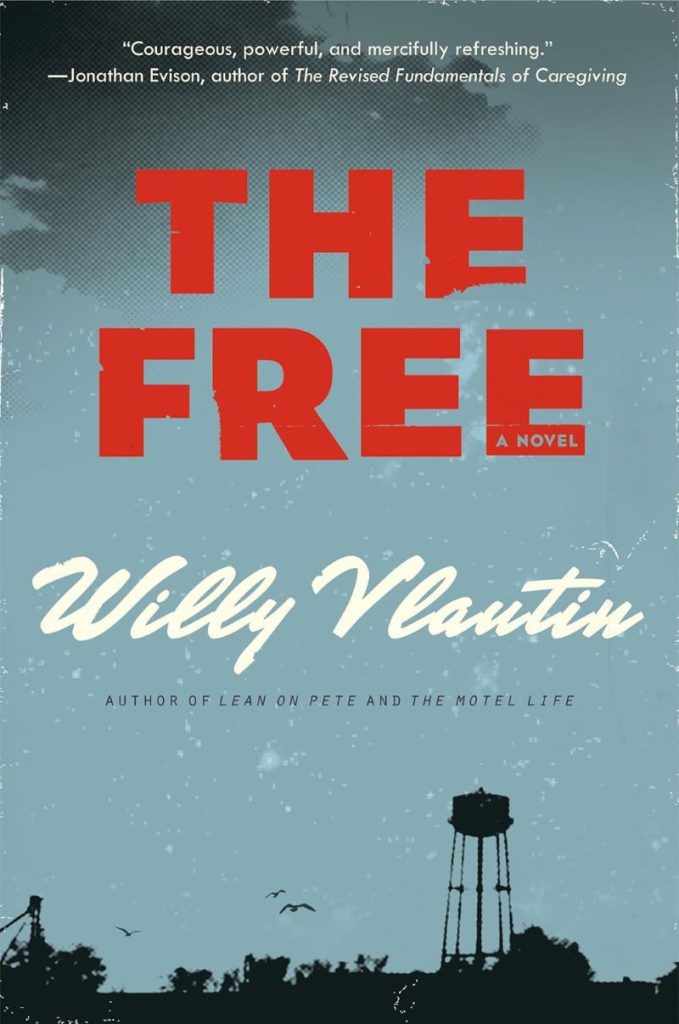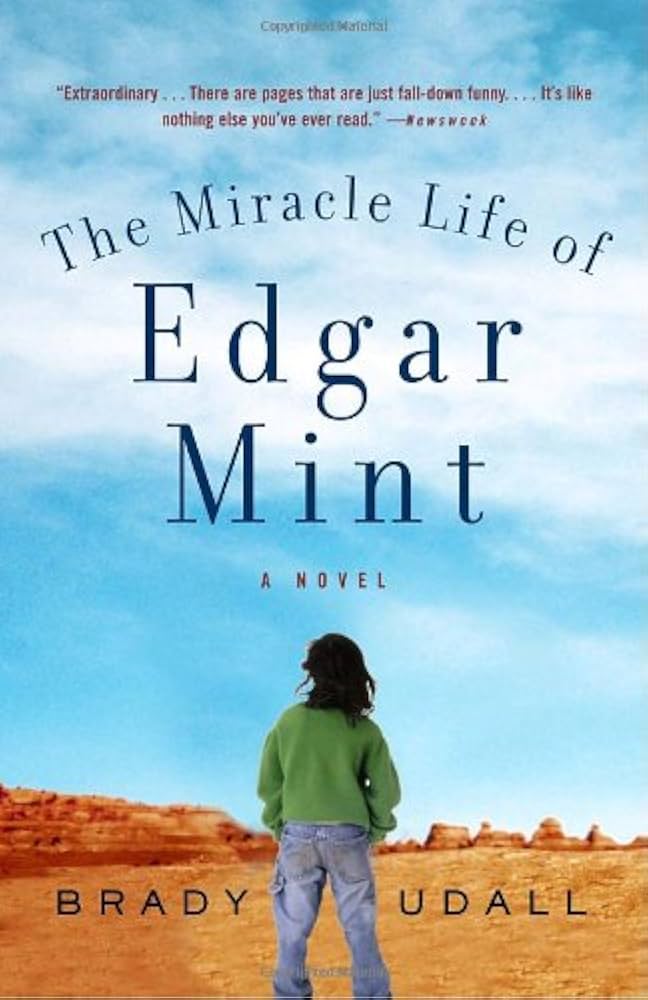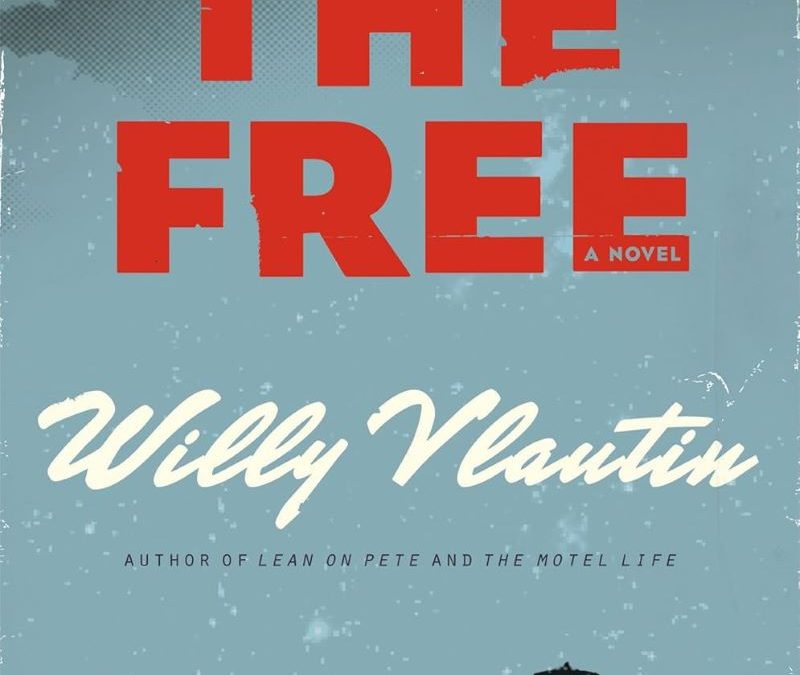I have recently learned that some people have positive outcomes after experiencing traumatic brain injury. In a report published in July of 2021 through the National Institutes of Health, it was observed that a “patient… exhibit[ed] newfound superlative abilities in painting, music, philosophy, culinary, and performing arts after a traumatic brain injury (TBI)…” This is not an isolated case as “[p]revious studies have shown [that] neuronal reorganization which occurs after injuries enhances synapse formation and neural plasticity, which contribute to the acceleration of artistic output after brain injury.”*

I looked into this after reading two different books; each with a character whose behavior and thoughts are directly tied to traumatic brain injury. In The Free (2014) by Willy Vlautin, Iraq war veteran Leroy Kervin suffers “major brain trauma” after a “roadside bomb destroyed the vehicle he was in.” As Vlautin adds, “The life he’d known before the bomb no longer existed. That Leroy Kervin had vanished.” The assumption here, from this early passage, is that another Leroy Kervin has taken his place.
Combat veterans experiencing brain injury is all-too-common. Care for wounded American soldiers has so improved that injuries which in other times would have been fatal can now be survived by those who have experienced unimaginable degrees of trauma. So, when inventing a character such as Leroy Kervin, Vlautin is exploring a situation that reflects a hard reality of modern American life for many veterans and their families.
Two other characters in The Free are also “broken” in their own ways, giving readers a visceral take on the woes of many in the most prosperous nation on earth. Freddie McCall is a decent, hardworking man who, despite his willingness to do whatever he can to get by, still struggles to pay the bills. Pauline Hawkins is a kind-hearted nurse whose personal relationships seem limited to those in her care, her mentally ill father and, eventually, a young heroin addict who has fled an abusive home.
As their lives intersect with one another, it becomes evident that the troubles they experience are the result of the very real institutional problems of modern American society. In a book dealing with suicide, drug addiction, poverty, and corruption, the hopeful hopeful tone that is struck by Willy Vlautin is inspiring. Rather than dwell on the miseries of life, his heartfelt prose explores the humanity of those who become defined by their stalwart reactions to life’s difficulties rather than the difficulties themselves.
As a message to all of us, Vlautin’s characters emerge as enduring admirable figures, dealing with their problems with grace and resilience. This is particularly true of Leroy Kervin whose brain injury leads to his “rebirth” within only the deepest recesses of his consciousness while his physical body rests in a hospital bed. Amazingly, the story that takes place in his head converges with the more conscious activities of the others. This cleverly reminds the reader that our individual perceptions of the world around us are dependent upon synaptic activity in our brains.
To assume that there is a correct and proper way to view the world defies the very clear truth that the world in human terms is completely dependent upon the manner in which our brain reacts. And, if our brain changes, so does the world, right?

In The Miracle Life of Edgar Mint (2001) by Brady Udall, the protagonist has also suffered a brain injury. In this case, however, this particular injury is not common at all. You see, seven year-old Edgar’s head was run over by the mailman.
Many of those who first came across his limp body pronounced him dead. Even after he was resuscitated, he simply was not expected to survive. While the titular miracle appears to be the simple fact of his survival, the real miracle emerges as Edgar navigates his new life.
In the chaos following Edgar’s mishap, many who saw him continued to believe he had died. This included the mailman himself. When Edgar later realizes this, he is deeply troubled. He then strives to find the mailman in order to relieve him of his guilt; to announce that Edgar is alive and well.
Edgar’s injury allows his first person narration a degree of objectivity difficult to imitate within someone whose memories and expectations are intact. In return, Edgar digests the world he experiences as if he is a blank canvas and, despite the obvious hardships he must endure, this seems to imbue him with a high degree of tolerance for all the horrible things that happen to him. Some of the story is written in the third-person, not the voice of the author so much as the very real feelings of disembodiment that Edgar occasionally experiences.
When the mailman rolls over his head, Edgar is living on the San Carlos Apache Indian Reservation with his alcoholic Apache mother. His white father is a Connecticut man who came west to be a cowboy. He deserted Edgar’s mother after she became pregnant.
Following his injury, several interconnected storylines develop as Edgar reaches adolescence.
Barry Pinkley is the surgeon that saves Edgar but he is fired for using unconventional methods to do so. He then drops in and out of Edgar’s life for the next eight years. The somewhat unbalanced doctor obsesses over Edgar and feels an almost-divine responsibility to protect him. This is the first hint that Edgar’s brain injury has brought him to some higher purpose.
An old man named Art shares Edgar’s hospital room. Art has been injured in a car accident that killed his wife and two daughters; he, like the mailman, feels responsible for having done great harm. Oddly, Edgar can no longer write with a pen or pencil so Art gifts the damaged boy a Hermes Jubilee 2000 typewriter, which emerges as the tool of his salvation. He sometimes types away mindlessly over the same piece of paper creating a blacked-out blur; certainly a reflection of his state of mind.
After discharge, we are introduced to Mr. Whipple, the white principal of a Native American boarding school who exhibits all the stereotypes defining white-Native relations. A single scene exemplifies the rhythm and tenor of the entire book. After a series of thefts, Whipple gathers the boys. “As he went down the list, barking out the various offenses, his steamy glasses inched slowly down his nose and white specks of saliva sailed out of his mouth… Where are your morals? he asked us, slapping the podium so that the mike whined with feedback. Did we know what decency was? Were we savages? What would it take for us to act like moral, upright, civilized human beings? Out in the darkness somebody… let fly a loud, wet fart.” After the raucous laughter, “Principal Whipple slumped a little, shaking his head, then stepped to the side of the podium, straightened up and seemed to glare at us individually in a way that said: I will not be defeated by a fart.”
Even though the boys were all laughing together at the principal, the Native American residents of the school are relentless in their treatment of the mixed race boy. Rather than sulk and withdraw, however, Edgar contemplates their behavior with the curiosity of an anthropologist. His eventual contemplations of revenge take on a philosophical quality that reminds us that this is now no ordinary eight or nine year-old boy.
Other scenes within Udall’s wonderfully entertaining and enlightening book include a deadly hand-crafted bow and arrow, a pair of wandering missionaries, conversations about God and human existence, and the growing collection of Edgar’s typewritten words that are lugged around from place to place.
Most fascinating within both Vlautin’s Leroy Kervin and Udall’s Edgar Mint is how the remnants of their pre-injury selves become loosely threaded to the new revelations and insights brought about after their brains were rattled and squashed. Their wounds are healing as torn human flesh might yet, instead of scarring and patching, their brains seem to knit themselves back together with newly emerging neural pathways that virtually redefine who they are.
All in all, Willy Vlautin and Brady Udall offer fresh commentary on today’s America while ruminating on the mysteries of human consciousness… good stuff.
*https://www.ncbi.nlm.nih.gov/pmc/articles/PMC8389864/





